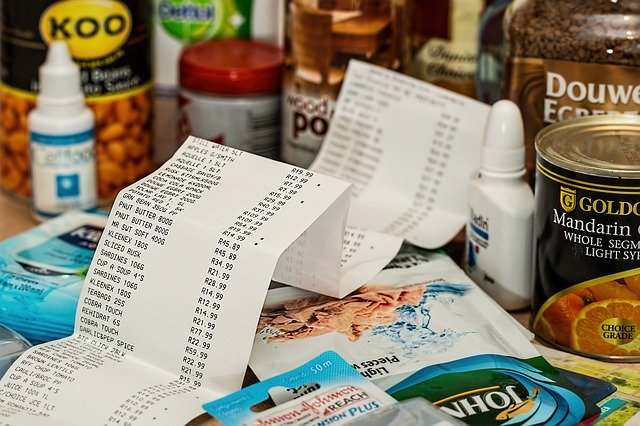Many people with ADHD struggle — often daily — to keep your spending under control. If this is you, here are four tips to help.

1. Put some obstacles between you and your money
In the chick flick Confessions of a Shopaholic, the spend-crazy main character freezes her card in a giant ice cube. (You need to wait at least a couple of hours for that card to be ready to swipe – bye-bye impulse purchases!)
The Edge Foundation recommends popping a rubber band around your wallet as a reminder to spend wisely.
2. Take advantage of the entertainment freebies all around you
Taking advantage of free stuff is a great way to keep your spending in check. Libraries today offer CDs, DVDs, free ebook downloads, and even video games for rental.
Throughout New England, in particular, most libraries are part of regional consortiums, which means that you can request any item from dozens of other libraries’ catalogs and have it delivered to you in about the same amount of time as a Netflix rental.
For anyone who lives near a university, museum, national park or active community center, there are bound to be free events and activity nights when the facilities are open to the public for little or no cost.
3. Plan your spending around clearance sales
In January, most retail clothing stores cut the prices on anything from the previous year, and in late June prices drop again as the stores start to make room for back-to-school clothes and Fall lines. You might even ask the staff at a store you like which day of the week new items are added to the clearance section.
There are also useful lists of big sales by month for appliances, sporting goods, and so on all over the Internet, like this one from Life Hacker.
4. Beware of purchase-encouraging manipulations in grocery stores.
Don’t grocery shop on an empty stomach. Look for better deals on items on the top and bottom shelves and specials at the end of aisles. Avoid letting the music and lighting affect your mood. Watch out for the purposeful placement of items to lure you into impulse buying as you wait to check out. These are just a few of the ways that groceries encourage overspending — learn about even more with this Top 50 list from Zen Habits.

